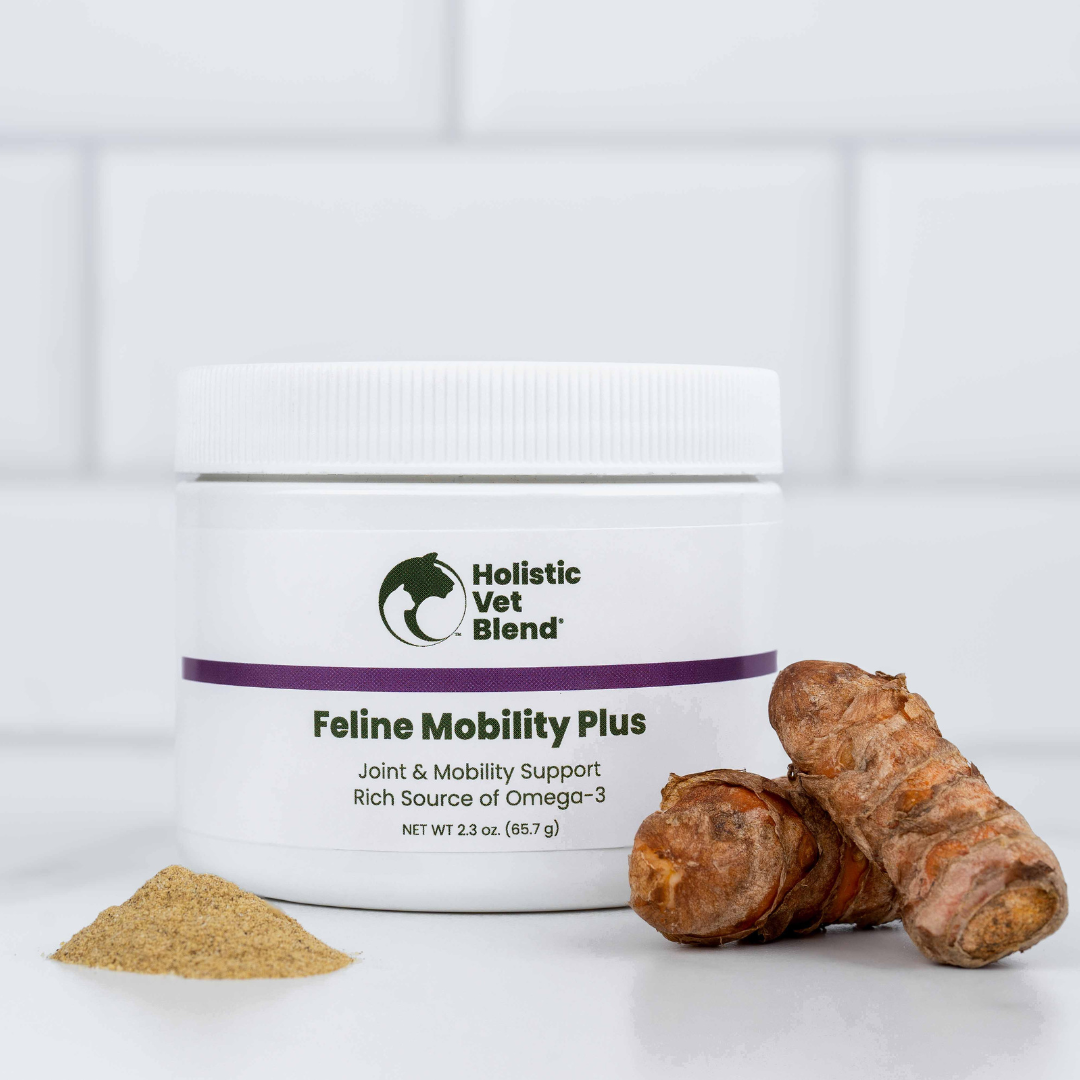
Key Highlights
- When someone brings you flowers, be sure to immediately check for lilies
- Lily toxicity in cats can cause fatal kidney failure if not treated promptly.
- True lilies and daylilies are the most toxic to cats.
- Identifying and avoiding toxic lilies is crucial for keeping your feline friends safe.
- Symptoms of lily poisoning in cats include drooling, vomiting, and dehydration.
- Immediate veterinary care is necessary if you suspect your cat has ingested a lily.
- Preventing lily exposure is the best way to protect your cats from toxicity.
Introduction

When someone comes to your door with lilies, or you see a beautiful arrangement you want to bring to a friend who happens to be a cat mom, be sure to check for lilies! In the excitement of receiving a beautiful flower arrangement, a veterinarian friend of mine neglected to remove a lily from the arrangement. Her cat ate a very small part of the flower (the stamen) and had to be hospitalized for acute renal failure. He is fine today, but a reminder of how vigilant we must be about these deadly flowers and how even a veterinarian can miss one in the excitement of receiving flowers.
Lily toxicity in cats is a serious concern as it can lead to fatal kidney failure if not treated promptly. Understanding the dangers and taking preventive measures is essential for protecting our beloved pets.
When it comes to lilies, two groups are particularly toxic to cats: true lilies (Lilium spp.) and daylilies (Hemerocallis spp.). These flowers contain toxins that can cause severe kidney damage when ingested by cats. Even a small amount of lily ingestion, such as nibbling on a leaf or grooming pollen off their fur, can lead to acute kidney failure in cats.
Recognizing the symptoms of lily poisoning and seeking immediate veterinary care is crucial for the well-being of our feline friends. By identifying and avoiding toxic lilies, we can create a safe environment for our cats and prevent potentially life-threatening situations.
Understanding Lily Toxicity in Cats
Lily toxicity in cats refers to the harmful effects caused by the ingestion of certain lilies. The toxins found in true lilies and daylilies can cause severe kidney damage, leading to acute kidney failure in cats. Ingestion of any part of the plant, including leaves, flowers, stems, and pollen, can result in toxicity. It is important to be aware of the potential dangers of lilies and take preventive measures to keep our feline friends safe.
The Science Behind Lily Poisoning
To understand why lilies are toxic to cats, it's important to know the parts of the plant that contain the harmful toxins. True lilies and daylilies contain toxins that can cause damage to the kidneys when ingested by cats. The exact toxin that affects cats has not been identified, but it is clear that some cats are more susceptible to the toxic effects than others.
The toxins in lilies can cause severe toxicity in cats, leading to acute kidney failure. The exact mechanism of kidney damage is not fully understood, but it is believed that the toxins interfere with the normal function of the kidneys, resulting in renal failure. It is important to recognize the signs of lily poisoning in cats and seek immediate veterinary care to prevent further kidney damage and potential fatality.
How Much Lily Is Too Much for Cats?

Even a small amount of lily ingestion can be enough to cause fatal kidney failure in cats. It takes just a nibble on one leaf or stem, ingestion of a small amount of lily pollen, or a lap of water from a vase containing cut lilies to put a cat at risk. All parts of the lily plant, including leaves, flowers, stems, and pollen, are toxic.
It is crucial to keep lilies out of reach of cats and be cautious when bringing flowers into your home. Even dried-up parts of lilies can still contain toxic compounds. If you suspect that your cat has ingested any part of a lily, it is essential to seek immediate veterinary care. Prompt treatment can make a significant difference in the cat's prognosis and increase the chances of survival.
Identifying Toxic Lilies: The Type of Lily is Important
Identifying toxic lilies is essential for preventing lily toxicity in cats. The two main groups of toxic lilies are true lilies (Lilium spp.) and daylilies (Hemerocallis spp.). True lilies include popular varieties such as Easter lilies, Asiatic lilies, Oriental lilies, and Stargazer lilies. Daylilies are a separate genus of flowers but can also be harmful to cats. Knowing the different types of toxic lilies can help cat owners avoid these flowers and keep their feline friends safe.
Common Types of Lilies and Their Risk Levels
- Asiatic lilies (Lilium asiaticum): These lilies are commonly found in bouquets and are highly toxic to cats.

- Easter lilies (Lilium longiflorum): Easter lilies are one of the most toxic lilies for cats and can cause severe kidney damage.

- Daylilies (Hemerocallis spp.): While not true lilies, daylilies can still be harmful to cats and should be avoided.

- Stargazer lilies (Lilium 'Stargazer'): These lilies are known for their strong fragrance but pose a significant risk to cats.

It is important to be aware of the risk levels associated with different types of lilies. Avoiding these lilies altogether is the best way to prevent lily poisoning in cats.
Non-Toxic Alternatives for Cat-Friendly Homes
- Peruvian lilies (Alstroemeria spp.): These flowers are non-toxic to cats and can be a safe alternative to toxic lilies.

- Peace lilies (Spathiphyllum spp.): While peace lilies can cause oral irritation if ingested, they are generally considered non-toxic to cats.

- Calla lilies (Zantedeschia spp.): Calla lilies contain insoluble oxalate crystals, which can cause oral discomfort but are not highly toxic to cats.

Choosing non-toxic lilies or other cat-friendly flowers can help create a safe environment for your feline friends. It is important to ensure that any flowers or plants in your home are safe for cats.
Recognizing the Symptoms of Lily Poisoning
Recognizing the symptoms of lily poisoning in cats is crucial for early detection and prompt treatment. Some common signs of kidney damage include loss of appetite, vomiting, and dehydration.
These symptoms may appear within hours of lily ingestion and can progress rapidly if left untreated. If you notice any of these signs in your cat, it is important to seek immediate veterinary care. Early intervention can greatly improve the cat's prognosis and increase the chances of a full recovery.
Immediate Signs for Pet Owners To Watch Out For

Immediate signs of lily poisoning in cats can include drooling, vomiting, dehydration, and oral pain. These symptoms may appear within hours of lily ingestion and should be taken seriously. If you notice any of these signs in your cat, it is important to seek immediate veterinary care. In some cases, the cat may also show signs of distress or discomfort. Prompt treatment is crucial to prevent further kidney damage and increase the chances of a positive outcome.
Long-Term Health Implications
Lily poisoning in cats can lead to irreversible kidney failure and long-term health implications. If left untreated, the toxins in lilies can cause severe damage to the kidneys, which may not be reversible. Cats that survive lily poisoning may require ongoing medical care and monitoring to manage their renal function. Regular check-ups and kidney function tests may be necessary to assess the long-term impact of the poisoning and ensure that the cat's kidneys are functioning as well as possible. It is important to work closely with your veterinarian to develop a plan for managing the cat's health after lily poisoning.

What to Do if Your Cat Ingests A Lily
In the case of lily poisoning, immediate first aid and emergency response are crucial. If you suspect that your cat has ingested a lily, contact a veterinarian, animal emergency hospital, Animal Poison Control Center (888-426-4435), or Pet Poison Helpline (855-764-7661) immediately. They can provide guidance on what steps to take next and help you access the necessary veterinary care. Time is of the essence in cases of lily poisoning, and prompt action can make a significant difference in the cat's prognosis.
If you suspect that your cat has ingested a lily, it is important to take immediate action. Contact a veterinarian or a pet poison control helpline for guidance. In some cases, inducing vomiting may be recommended, but it should only be done under the direction of a veterinary professional. Activated charcoal may also be administered to help absorb any remaining toxins in the cat's system. Quick action can help reduce the absorption of toxins and increase the chances of a positive outcome.
Veterinary Care for Lily Poisoning
Veterinary care for lily poisoning involves aggressive treatment to prevent further kidney damage and support the cat's recovery. The exact treatment plan will depend on the severity of the poisoning and the cat's overall health. It may include inducing vomiting, administering activated charcoal, providing intravenous fluids, and monitoring kidney function. The prognosis for cats with lily poisoning depends on various factors, including the timely initiation of treatment and the extent of kidney damage. Working closely with a veterinarian is crucial for the best possible outcome.
Diagnostic Procedures
Diagnostic procedures are essential for evaluating the extent of kidney damage in cats with lily poisoning. This may involve kidney function tests, such as blood work and urinalysis, to assess the cat's renal function. These tests can provide valuable information about the severity of the poisoning and guide the treatment plan. Additional diagnostic procedures, such as imaging studies or biopsies, may be necessary in more complex cases. The veterinarian will determine the most appropriate diagnostic approach based on the individual cat's needs.
Treatment Options and Recovery Process
Treatment options for lily poisoning in cats vary depending on the severity of the poisoning and the cat's overall health. In some cases, peritoneal dialysis or hemodialysis may be necessary to support kidney function and remove toxins from the bloodstream. These procedures help to cleanse the blood and promote kidney recovery. Supportive care, including intravenous fluids, medications to manage symptoms, and nutritional support, is also a crucial part of the treatment process. The recovery process for cats with lily poisoning can be challenging and may involve ongoing monitoring and management of the cat's renal function. The veterinarian will develop a customized treatment plan based on the individual cat's needs.
Prevention and Safety Measures

Preventing lily toxicity in cats requires taking proactive safety measures. Cat owners should be aware of the potential dangers of lilies and take steps to keep these flowers out of their homes. It is crucial to educate family members and guests about the toxic nature of lilies and the importance of keeping them away from cats. Choosing non-toxic flower alternatives and creating a cat-friendly environment can help reduce the risk of lily poisoning. By being vigilant and proactive, cat owners can help ensure the safety and well-being of their feline friends.
Safe Practices for Bringing Flowers Home
When bringing flowers into your home, it is essential to practice safe practices to protect your cats. Avoid bringing lilies or other toxic plants into your home, especially if you have cats. Opt for non-toxic flowers instead, such as Peruvian lilies, which are safe for cats. If you receive a flower arrangement as a gift, inspect it carefully and remove any lilies before bringing it into your home. Cut lilies, in particular, can pose a significant risk as cats may be attracted to the water in the vase, which may contain lily toxins. Always keep flower arrangements out of reach of cats and monitor their interactions with plants to prevent any potential ingestion.
Educating Others About Lily Toxicity
Education and awareness about lily toxicity in cats are crucial for preventing incidents of poisoning. It is important to educate family members, friends, and pet sitters about the dangers of lilies and the importance of keeping them away from cats. Share information about the types of toxic lilies and the potential symptoms of lily poisoning. Encourage others to choose non-toxic flower alternatives and to be cautious when bringing flowers into their homes. By spreading awareness and educating others, we can help protect more feline friends from the dangers of lily toxicity.

Conclusion
In conclusion, being aware of the dangers lilies pose to our feline companions is crucial for their well-being. Understanding the science behind lily toxicity, identifying toxic lilies, and recognizing symptoms can help in prompt action during emergencies. Educating yourself on prevention measures and safe flower alternatives is key to ensuring a cat-friendly environment. Remember, quick veterinary care is essential if your cat ingests a lily. Stay cautious this spring and spread awareness to protect our beloved pets from the harmful effects of lilies.



